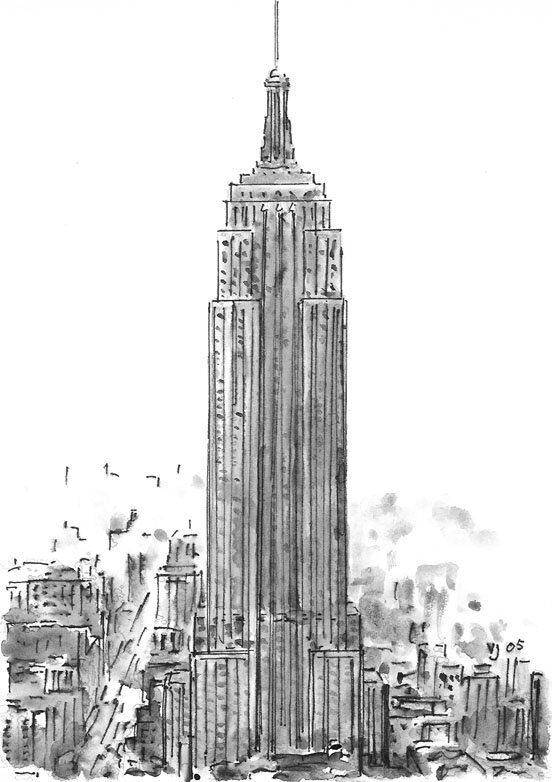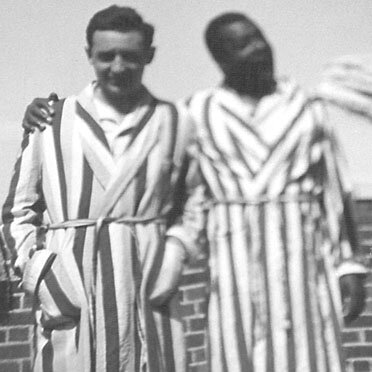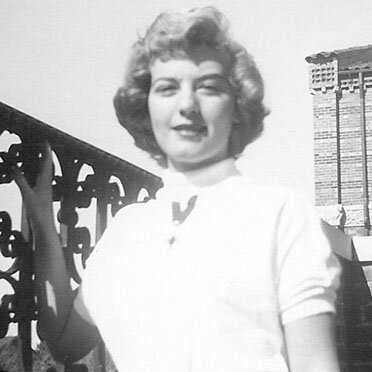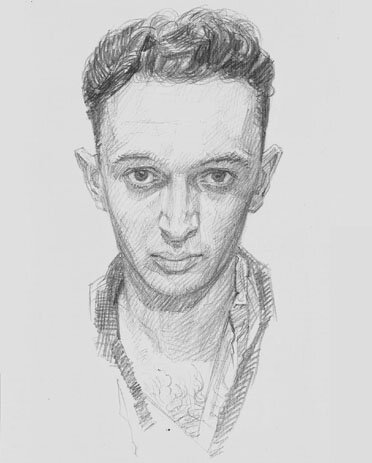|
Below I am after all adding another item, representing some of my activities after leaving my last job. As can be gathered from other parts of this website, among the intellectual interests I turned to was mathematics, often concerning geometry, as seen under PRESUMED IMPOSSIBILITIES or INVENTION. (Recently I also ran four ads on the subject in Scientific American of November 2005, p.111, December 2005, p.31, March 2006, p.101, and April 2006, p.24. They can be found at public libraries. [The ads are shown now below.]) (Let me not forget to note again: a lot more, beside other subjects, is in my book.)
The below, although showing some graphics, does not belong to geometry but to so-called number theory, more specifically prime numbers, which are those whole numbers after 1 that are not divisible by any other whole number beside 1. About 30 years ago I managed to get one article a piece on prime numbers accepted by the New York State Mathematics Teacher's Journal (May 1976) and The New Jersey Mathematics Teacher (Winter 1977), the last of which contained a form of what I am now showing.
One of the questions since antiquity has been how prime numbers can be generated, how they can up to a given number be located. As answer was given a method known as the sieve of Eratosthenes, after the ancient Greek thinker and which is continued to be taught to date (note a recent other item by Eratosthenes I worked on). What he did rather understandably was list all whole numbers after 1 up to say 100, then successively mark out all multiples of 2, of 3, etc., with the remaining numbers of course the primes. The procedure is obviously lengthy, by having to list all the numbers dealt with, and when the prime numbers get high, it can be a burden to do addition for each of their succeeding multiple.
In place of that sieve I devised another, which reduces the labor drastically. Its underlying basis is that after 2 and 3 all prime numbers flank the number 6 or its multiples, because all other numbers outside the flanked ones, as well as the flanked ones, are multiples of 2 or 3. Accordingly it is only necessary to list 6 and its multiples (underlined in the illustration here) up to say again 100. After, by mainly a simple counting process, the flanks that are not prime, those that are multiples, are marked out (black boxes), with the remaining flanks the primes (shown in the image, in bold type, for survey).
The process employed is the following (proof of its correctness will be given below the illustration). From a prime p, like 5 as shown, repeatedly count (shown with arcs) p times multiples of 6, marking out as multiples of p the numbers reached; then on marking out 5p (now 25), repeat from it the same count of px6 for the remaining multiples of p, to be marked out. The same steps when p is 7 are shown in the lower part of the illustration, ending the process.
(5p can likewise be reached by counting; first are counted, mainly backward, the multiples of 6 of which p is a flank, like 1x6 for 5, and then are counted backward from previously marked out 7p, now 35, 2 of those multiples flanked by p, to mark out the opposite flank reached, now 25 again. It should be kept in mind that p is mostly a flank of 2 and more multiples of 6; for instance 11 is a flank of 2x6 = 12, and therefore the count from 7x11 = 77 to 5x11 = 55 is 2x2 multiples of 6.)
There is no need to count the next prime here, 11, since its multiples, as in fact is true of multiples of any prime in the process, are already discounted up to its square, 11 x 11; multiples of the prime by numbers smaller than 11 were considered before when those numbers were multiplied 11 times. In the present case, it is easily seen that the square of 11 is not in the list, which is completed with the square of 10, namely 100. One can usually similarly estimate the square of other upcoming primes, if one does not want to calculate it precisely (this, by the way, also applies to the old sieve).
|
|







